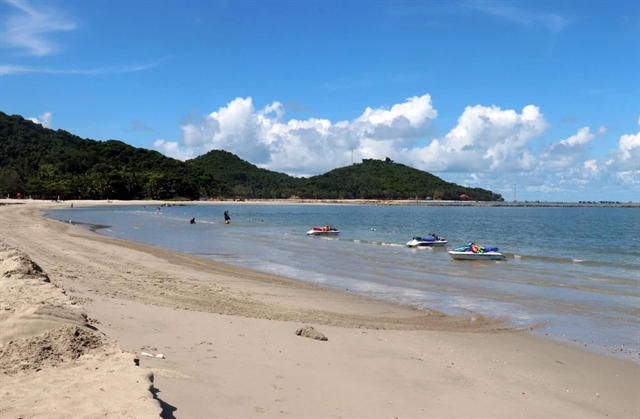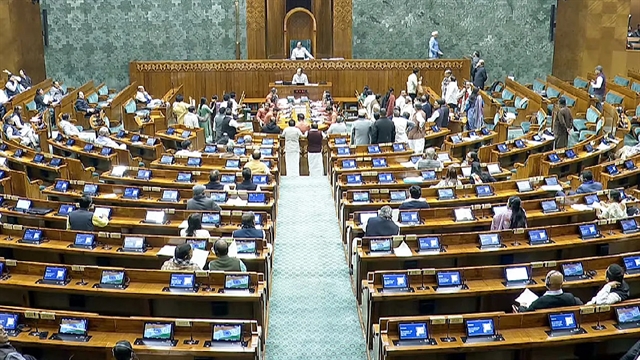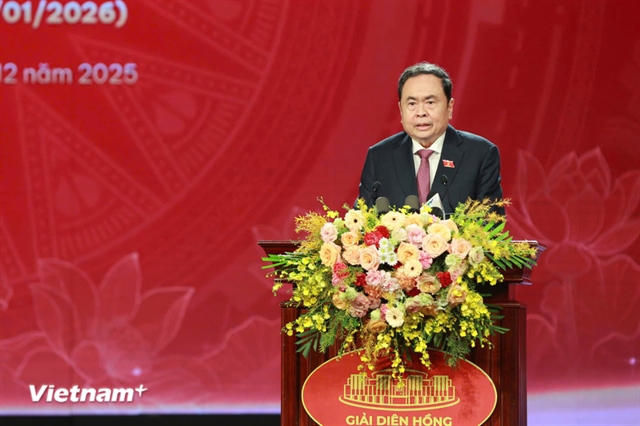 Travel
Travel

 |
| PROUD HISTORY - The Kiên Giang Province’s Party Committee's Department of Publicity and Education gives the Địa Chí Kiên Giang (Geography Book of Kiên Giang) book set to local departments and agencies. VNA/VNS Photo by Lê Huy Hải |
HCM CITY—The coastal province of Kiên Giang has released a book set about its geography and history from the 17th century to 2015.
The Địa Chí Kiên Giang (Geography Book of Kiên Giang) book set consists of three books, with six parts, describing the natural geography, history, culture, economy, and society of the province since its founding in the 17th century.
The publication is a long-term project initiated by Kiên Giang’s Party Committee and People’s Committee years ago.
Tống Phước Trường, head of the Party Committee’s Department of Publicity and Education, said Kiên Giang is a province located in Southwest Việt Nam with plains, pristine forests, hills, sea and islands, and is home to 27 ethnic groups with a diversity of culture, customs and traditions.
He added that Địa Chí Kiên Giang reflects today’s generations’ responsibility to protect, preserve and promote the province's natural, cultural, and historical values. It is not only a valuable and official source for research but also educates future generations about love for the country and raises their awareness of developing Kiên Giang into a strong and beautiful province.
The work is compiled by several scientists, researchers and cultural experts from the province and other localities.
Phạm Công Khâm, editor-in-chief of the project, said it took more than 20 years, and huge support from local authorities at all levels and scientists across the country to complete the project.
Khâm added that the books are scientific works on geography, economics, history, culture, politics, security and defence of Kiên Giang, contributing to introducing and promoting values of historical traditions and unique cultural heritage, and attracting investment in a new phase of international integration. — VNS

.jpg)


